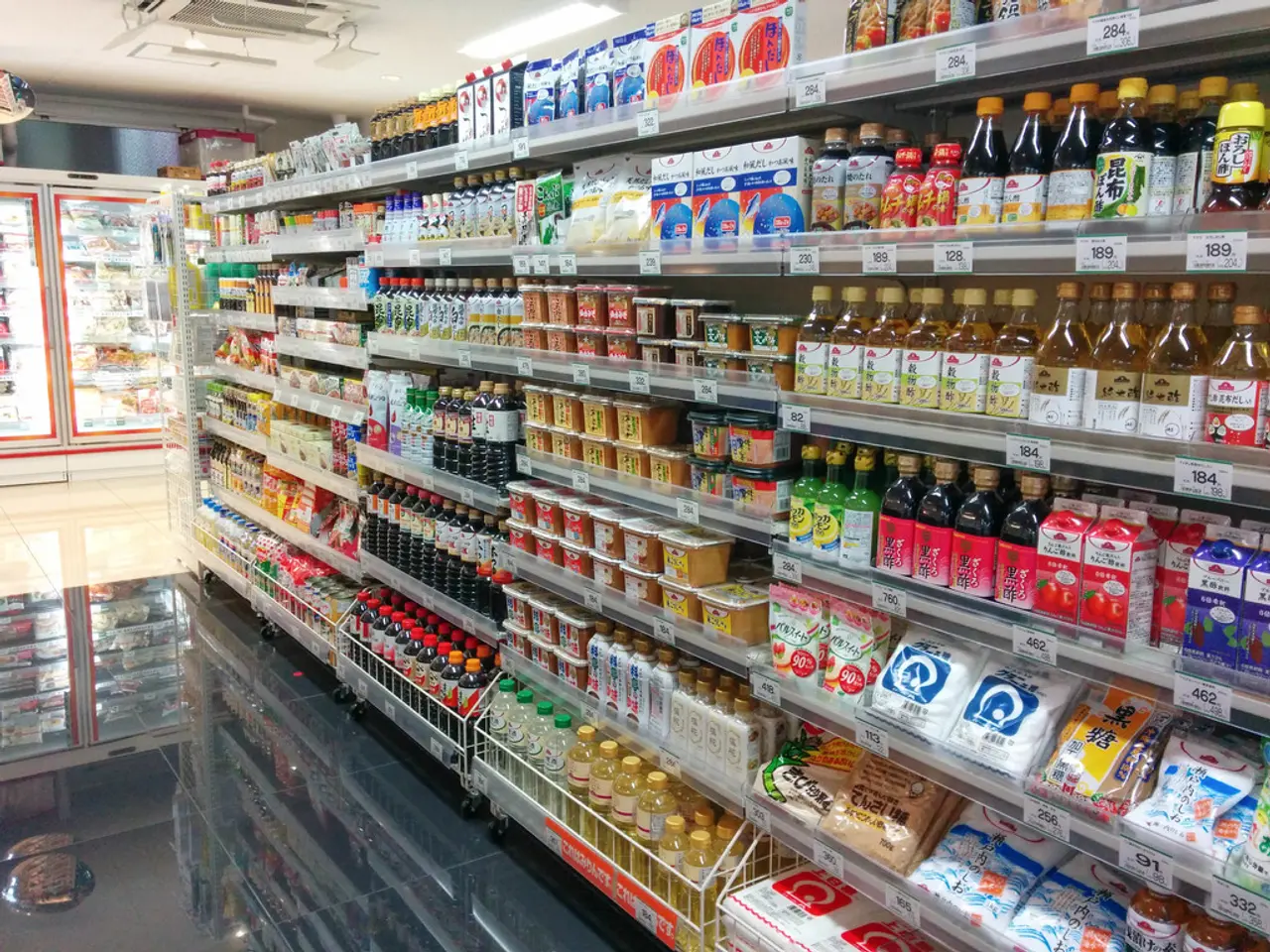Escalating Tariffs and Commerce Clashes: A Resurgence of US Manufacturing in 2025
In 2025, the American manufacturing sector is experiencing a significant revival, marking a new chapter for the industry. This resurgence is ignited by several converging factors, including substantial corporate investment, supportive federal policies, supply chain realignment, and local workforce development initiatives.
One of the key drivers behind this shift has been the implementation of tariffs on imports, particularly during the Trump administration. These tariffs have played a dual role, encouraging domestic production to offset higher costs and reduce reliance on foreign suppliers. While they have exposed manufacturing to increased input costs, they have also incentivized companies to reshore manufacturing to avoid these tariffs and supply chain vulnerabilities.
Supply chain disruptions, exacerbated by global events and geopolitical tensions, have further highlighted the risks of overdependence on foreign manufacturing hubs. This has prompted firms like Apple to invest heavily in U.S. manufacturing infrastructure and workforce training, including building new facilities and launching workforce upskilling programs.
Platforms like Maker’s Row have also contributed to this revival by enabling smaller manufacturers and entrepreneurs to access U.S.-based factories and supply chains more easily. These digital platforms facilitate connections between designers and domestic manufacturers, lowering the barriers for reshoring and supporting a more diverse manufacturing ecosystem than has existed in previous decades.
The future of manufacturing is not just overseas anymore, but Made in the USA, with Maker's Row facilitating this shift. The platform links businesses to approved American manufacturers and suppliers, offering a user-friendly interface that enables brands to explore over 10,000 manufacturers for various industries. This provides a significant benefit for entrepreneurs or growing businesses with minimal upfront costs and no industry ties.
Collaborating with American manufacturers offers a significant advantage due to tariffs, shifting supply chain dynamics, and evolving consumer needs. In addition, innovation and automation in AI and robotics have improved the cost-competitiveness of domestic manufacturing, making it a viable option for companies prioritizing location over cost.
The new American manufacturer is characterized as agile, technology-driven, and customer-centered, with many being small and medium-sized businesses. This shift towards a more resilient, tech-enabled, and workforce-focused American manufacturing sector is strategically aligned with geopolitical goals such as countering Chinese dominance in technology, while fostering regional economic development through inclusive training and employer accountability.
Speed to market is improved through manufacturing products locally, allowing for quicker shipping, simpler quality management, and improved adaptability to market trends. An increasing number of consumers prefer to purchase American-made products, providing further incentive for companies to reshore their manufacturing operations.
Maker's Row simplifies the process of finding a USA manufacturer, closing the divide between ideas and implementation. By making the path to USA manufacturing clearer with rising demand, government support, and their platform’s assistance, Maker's Row is making it easier for businesses to produce quality, American-made products.
In conclusion, the resurgence of American manufacturing is attributed to tariffs in the USA, disruptions in the global supply chain, and a focus on resilience. As the industry continues to evolve, Maker's Row will undoubtedly play a crucial role in connecting businesses with the resources they need to thrive in this new era of Made in the USA manufacturing.
- Despite the American manufacturing sector's significant revival in 2025 being primarily associated with the domestic industry, platforms like Maker’s Row also contribute substantially by making it easier for businesses to find American manufacturers, thereby promoting the production of quality, American-made products.
- The shift towards a more resilient, tech-enabled, and workforce-focused American manufacturing sector, as observed in 2025, also reflects a strategic alignment with geopolitical goals, including countering Chinese dominance in technology and fostering regional economic development through inclusive training and employer accountability, especially in the sports industry and beyond.






